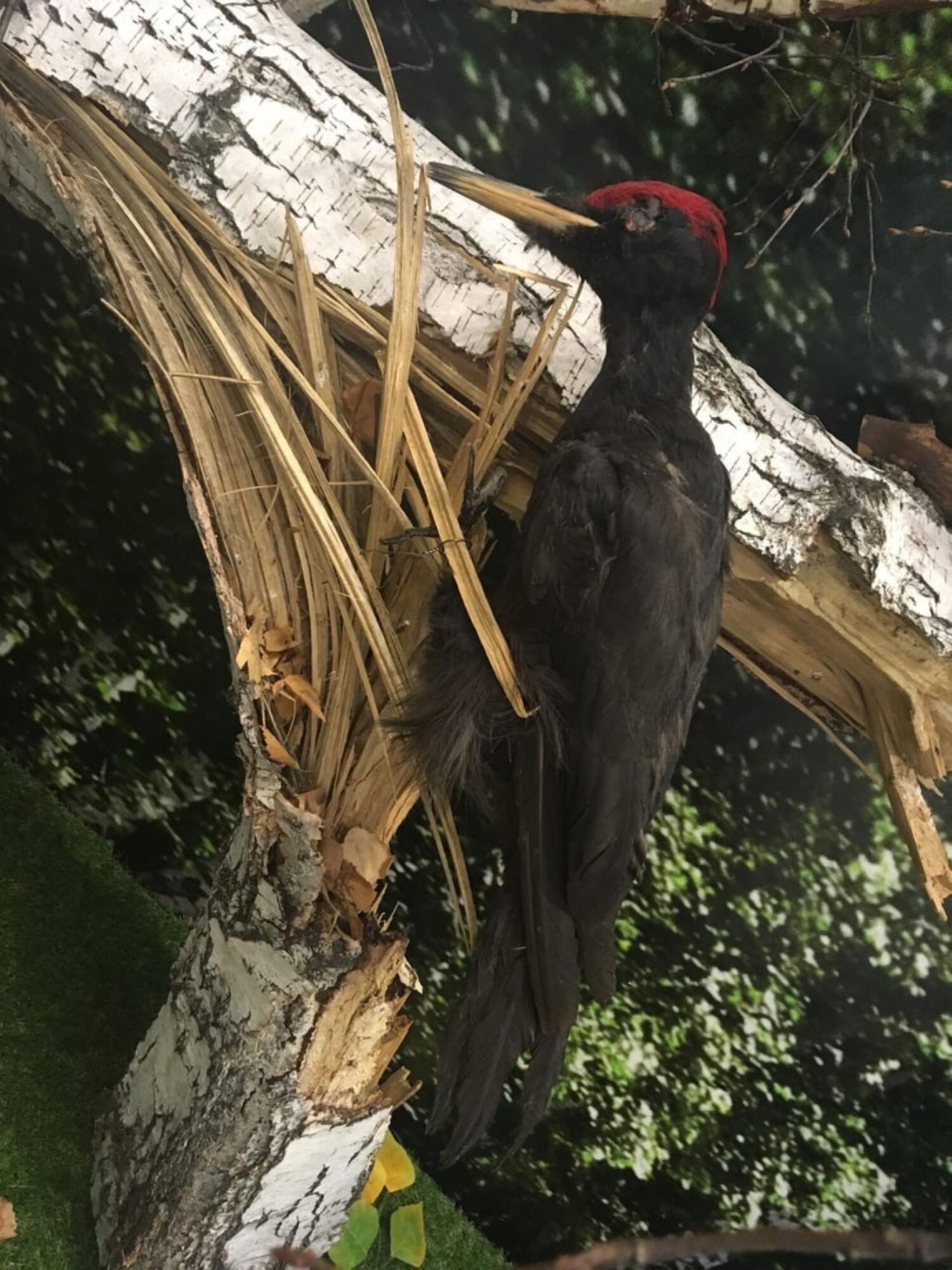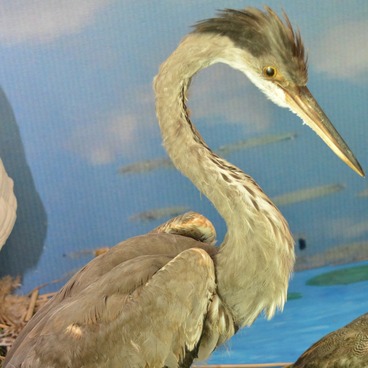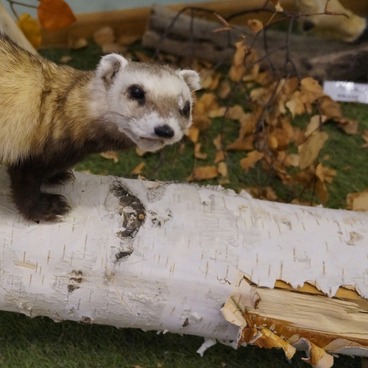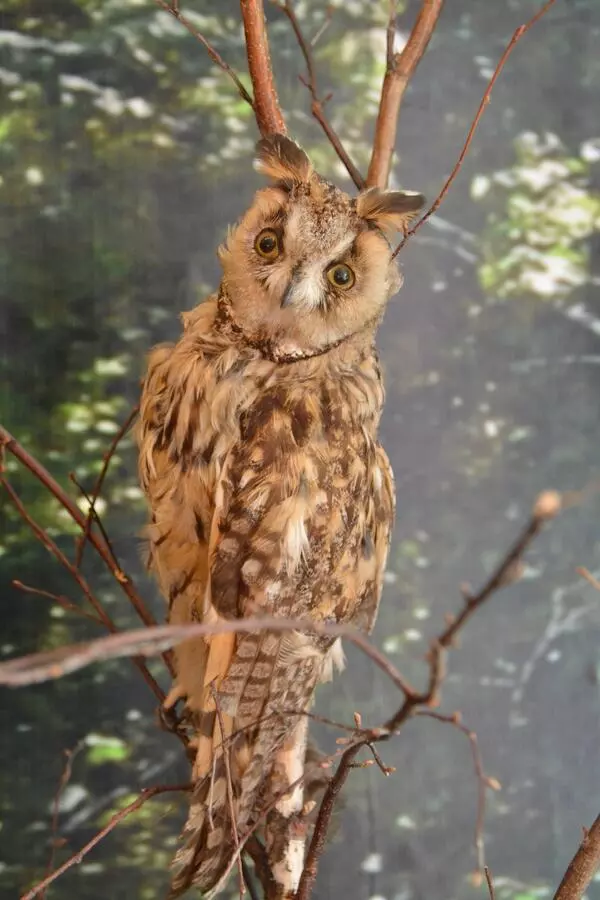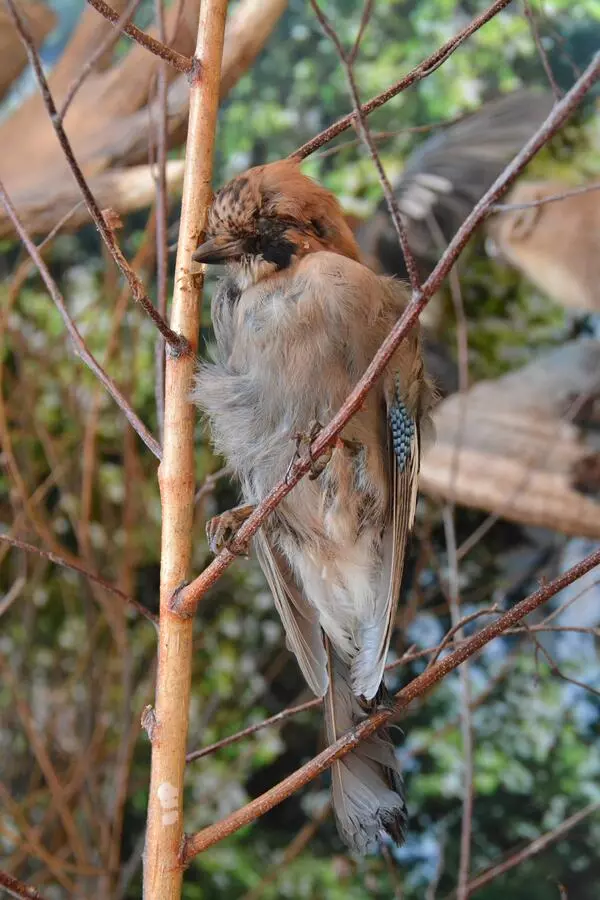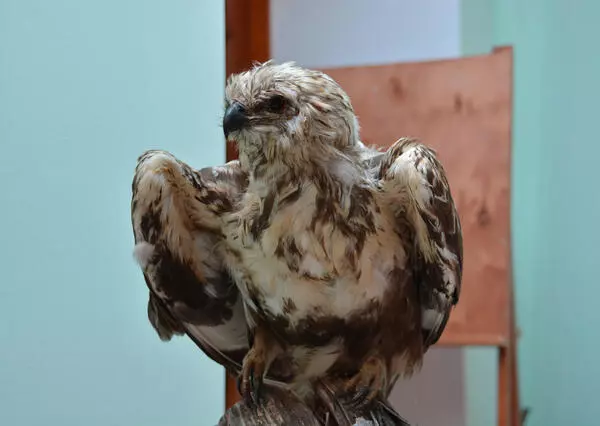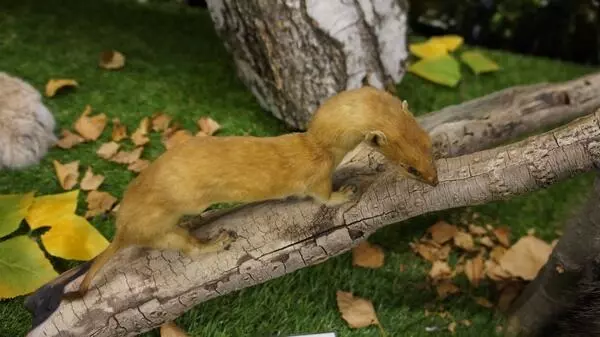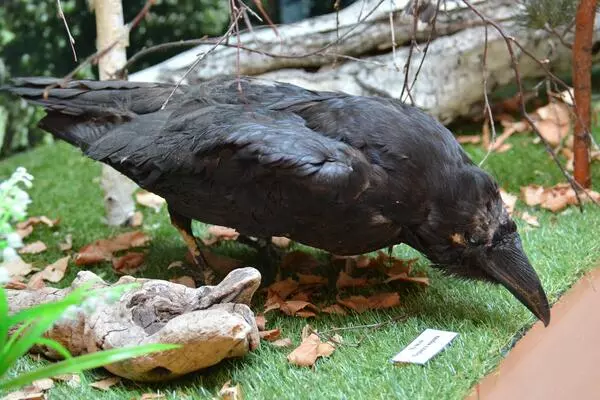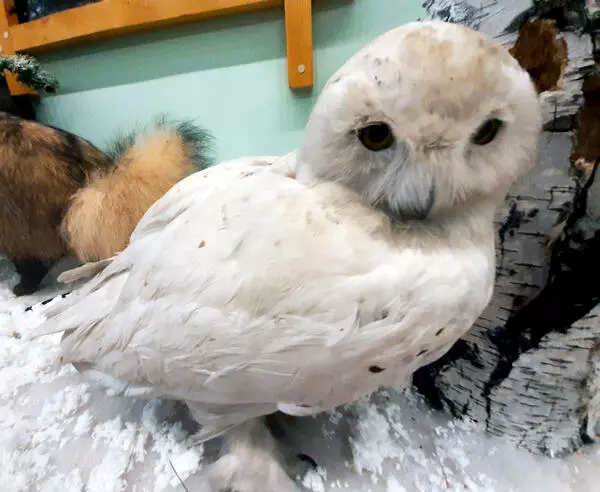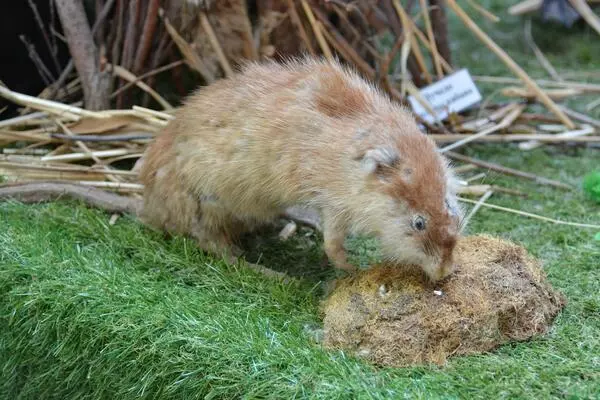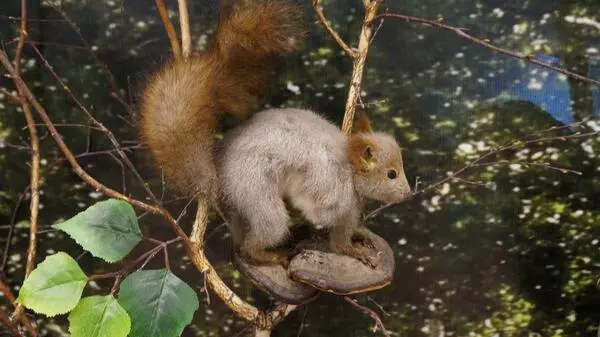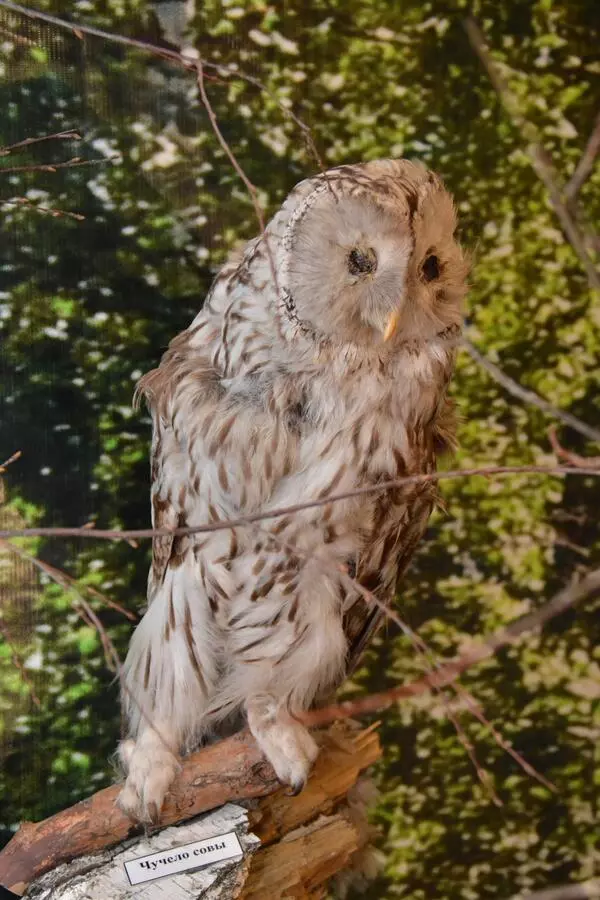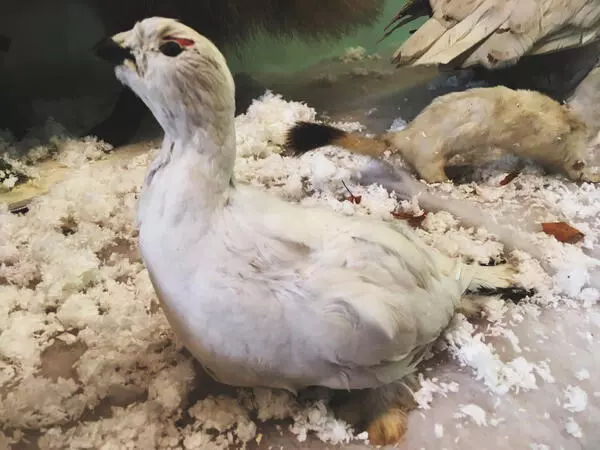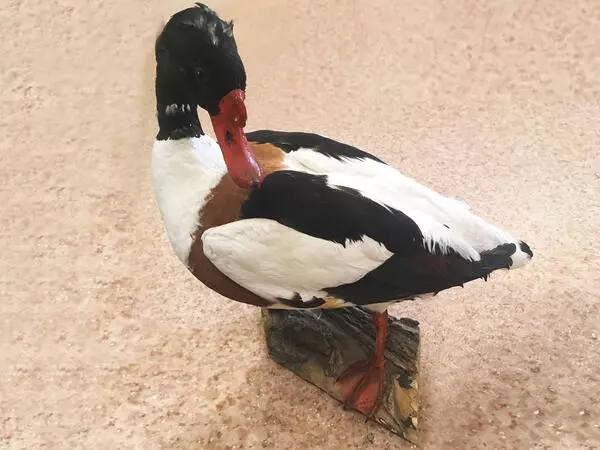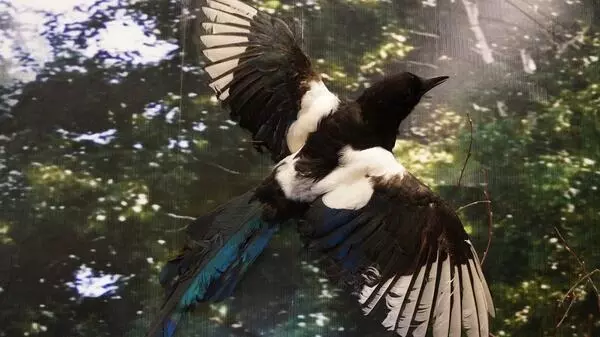The black woodpecker is a woodland bird in the family Picidae /ˈpisəˌdē/. With a wingspan of up to 80 centimeters, it is the largest woodpecker species inhabiting Europe’s woodlands. The bird is easy to recognize within its range because its size and glossy black plumage with a red crown set it apart from other woodpeckers. In females, the plumage is also black but is a little duller than that of males and has a brownish tint. The crown is small and red only in the hind part. The chisel-shaped bill is greyish with a yellow tint in both males and females. It is very powerful, long, and straight. Young black woodpeckers look much like adult birds but have loose and less glossy plumage of duller shades. Yearlings have grayish chins, and the red mark on their heads is less distinct or sometimes not distinct at all.
In Northern and Eastern Europe and Siberia, the black woodpecker mostly inhabits conifer and mixed woodlands, often fir forests, including remote woodlands in the taiga. The black woodpecker does not avoid human presence and sometimes can be found in city parks. The bird is sedentary but can migrate small distances outside its usual range when it is not nesting. The black woodpecker lives alone and pairs up only to breed. The bird makes nests in mature woodlands and prefers tall dead or diseased trees without branches to make a hole. The black woodpecker feeds on insects, including ants. It can destroy beehives, for which it received the nickname “bee thief.”
Intensive mating takes place in March and April. In these two months, birds are tireless drumming on trees. They squeak, chase each other, and jump from one trunk to another. It takes black woodpecker pairs 10 to 17 days t make a new nest. Both birds work hard, but the male does most of the work. Sometimes, he spends up to 13 hours a day building the nest. Both birds take care of the offspring. They bring their younglings large pieces of food that are entirely made of ants and their pupae.
One of the black woodpecker’s fantastic features is its tongue, which can be sen only during long observation. To get ants out from the tunnels of their hill, the black woodpecker can stick its tongue five centimeters out of its bill. However, five centimeters is not the limit in this case. The tongue of the black woodpecker’s green “kin” measures up to 10 centimeters.
In Northern and Eastern Europe and Siberia, the black woodpecker mostly inhabits conifer and mixed woodlands, often fir forests, including remote woodlands in the taiga. The black woodpecker does not avoid human presence and sometimes can be found in city parks. The bird is sedentary but can migrate small distances outside its usual range when it is not nesting. The black woodpecker lives alone and pairs up only to breed. The bird makes nests in mature woodlands and prefers tall dead or diseased trees without branches to make a hole. The black woodpecker feeds on insects, including ants. It can destroy beehives, for which it received the nickname “bee thief.”
Intensive mating takes place in March and April. In these two months, birds are tireless drumming on trees. They squeak, chase each other, and jump from one trunk to another. It takes black woodpecker pairs 10 to 17 days t make a new nest. Both birds work hard, but the male does most of the work. Sometimes, he spends up to 13 hours a day building the nest. Both birds take care of the offspring. They bring their younglings large pieces of food that are entirely made of ants and their pupae.
One of the black woodpecker’s fantastic features is its tongue, which can be sen only during long observation. To get ants out from the tunnels of their hill, the black woodpecker can stick its tongue five centimeters out of its bill. However, five centimeters is not the limit in this case. The tongue of the black woodpecker’s green “kin” measures up to 10 centimeters.
